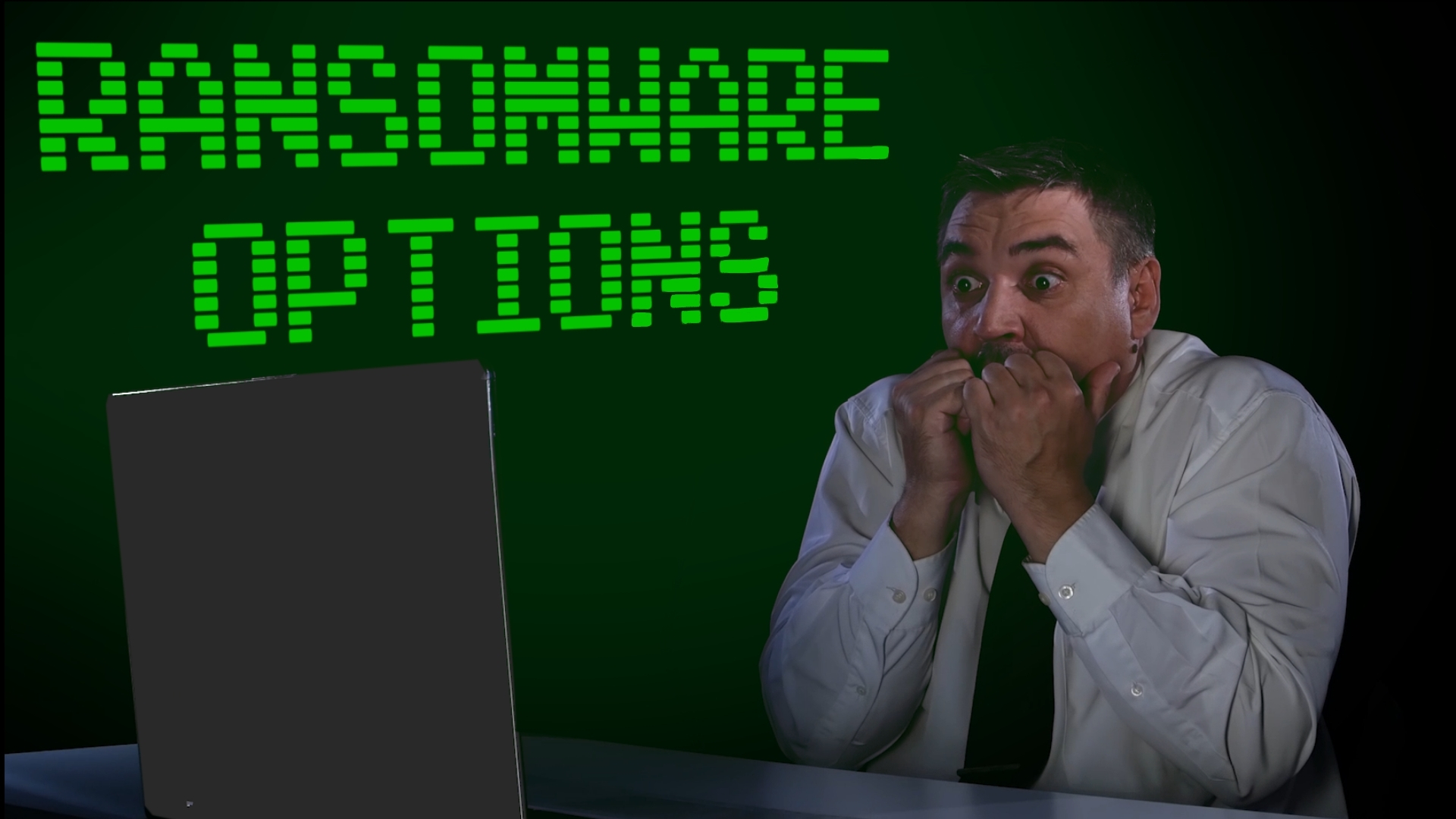Imagine this scenario: You’re hit with a ransomware attack, and your precious data is held hostage by cyber crooks demanding a hefty ransom.
You can’t afford to pay. But wait, there’s a plot twist – akin to those “buy now, pay later” deals, some ransomware syndicates are offering victims extended payment plans.
Recent studies show that these ransomware groups are getting innovative with their blackmail tactics. One group is even offering victims a menu of options for meeting their ransom demands. These “choices” range from:
Paying a standard fee of $10,000 to postpone the release of their stolen data… or paying a fee to have their pilfered data deleted before it goes public.
Exact amounts are frequently negotiated with victims, adding an eerie layer to the entire experience.
To ramp up the pressure, these ransomware groups have added some truly hair-raising features to their websites. These include ticking countdown timers showing how long businesses have until their data is leaked, view counters, and even tags exposing the victim’s identity and details.
It’s all a calculated move to make victims feel cornered and more likely to submit to the demands.
You might be thinking about paying the ransom to safeguard your business data. Hold your horses. Paying is always a risky gamble, and here’s why…
Paying doesn’t guarantee you’ll regain control of your data, nor does it mean the hackers won’t demand more money down the line.
By paying, you’re essentially bankrolling criminal enterprises, emboldening them to target others.
Paying a ransom could land you in hot water legally, as some jurisdictions have outlawed making payments to cyber criminals.
So, what steps can you take to shield your business from becoming a ransomware casualty?
- Implement regular, secure backups of your data. This way, you won’t be at the mercy of cyber thugs.
- Educate your team on the dangers of ransomware and train them to spot phishing emails and dubious links.
- Invest in robust cybersecurity software and keep it updated.
- Stay current with the latest security patches for your systems and software.
- Segment your network to contain the spread of ransomware if one device is compromised.
- Formulate a clear incident response plan, so you’re prepared if a ransomware attack strikes.
Paying cyber criminals seldom improves the situation, and we’ve noticed businesses that do often become repeat targets. Instead, invest in the preventive measures listed above to stay safe. And if you need assistance, don’t hesitate to reach out.



